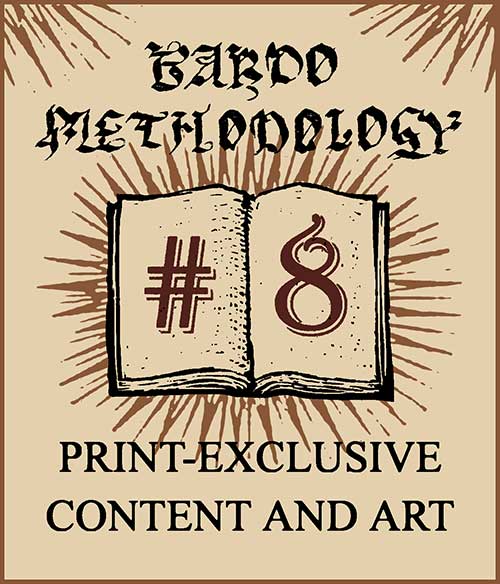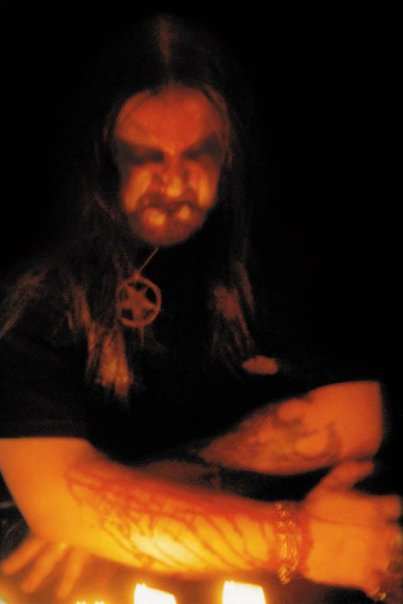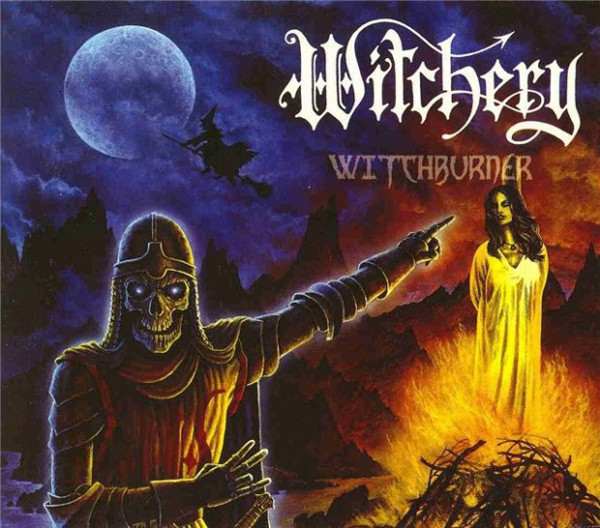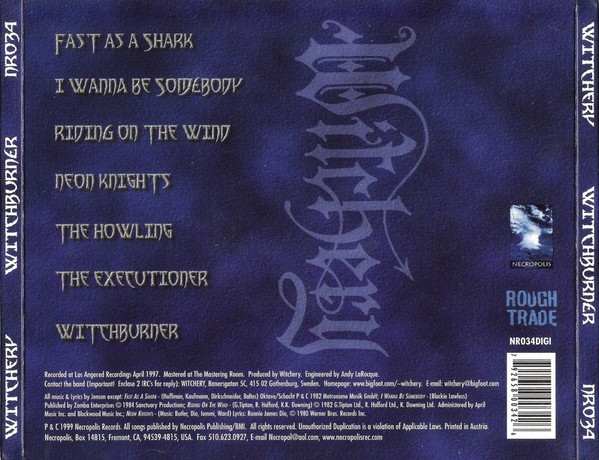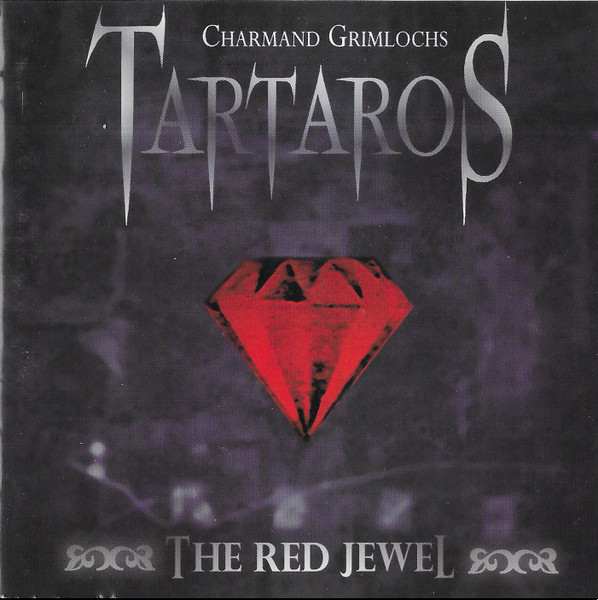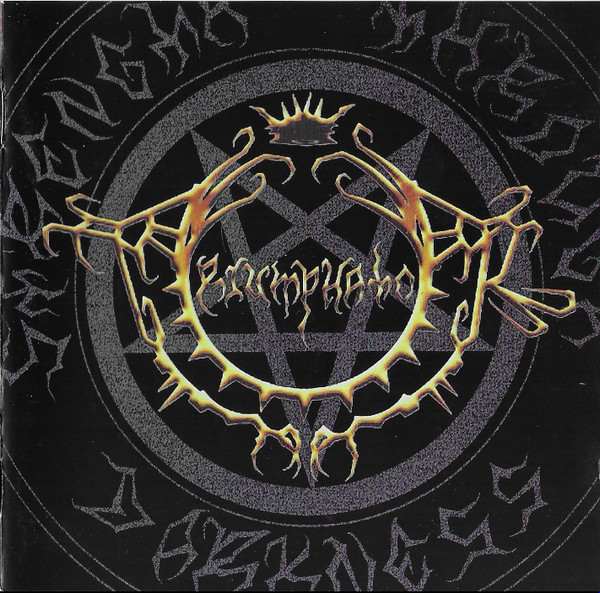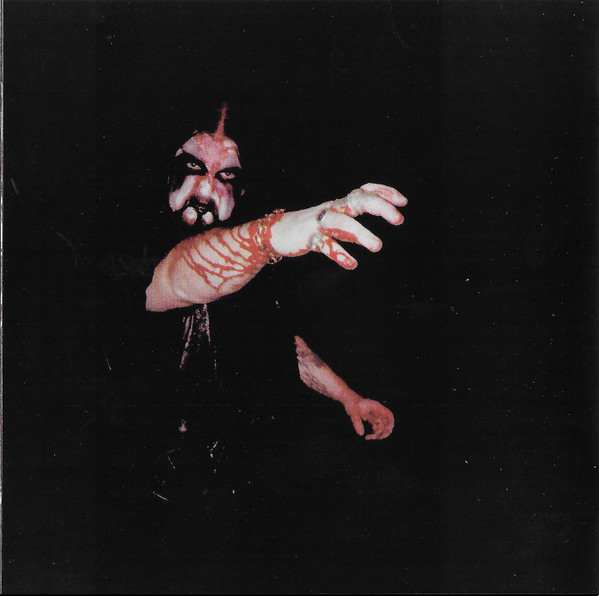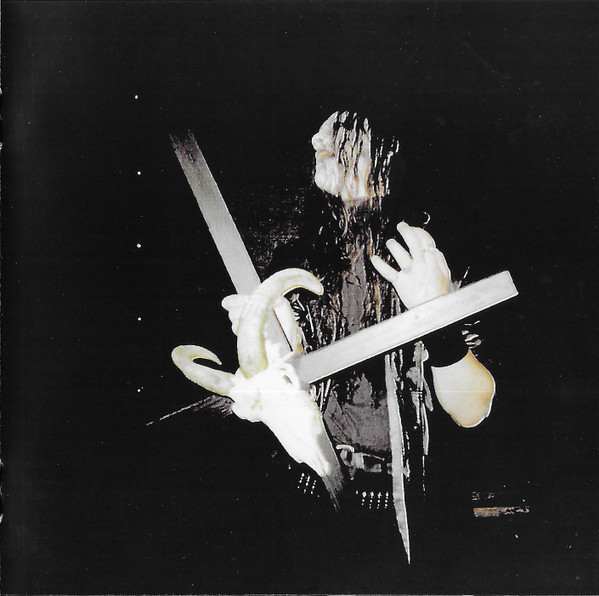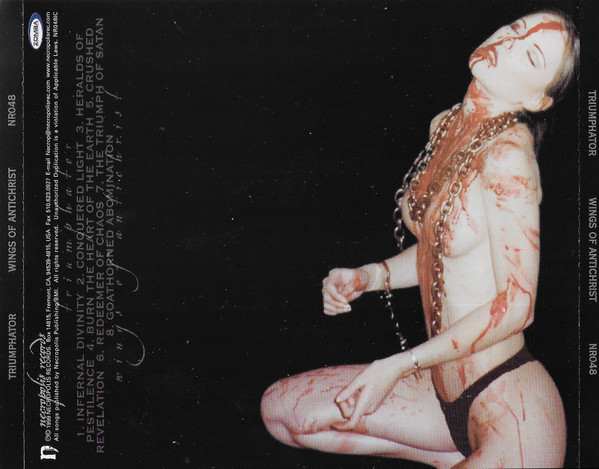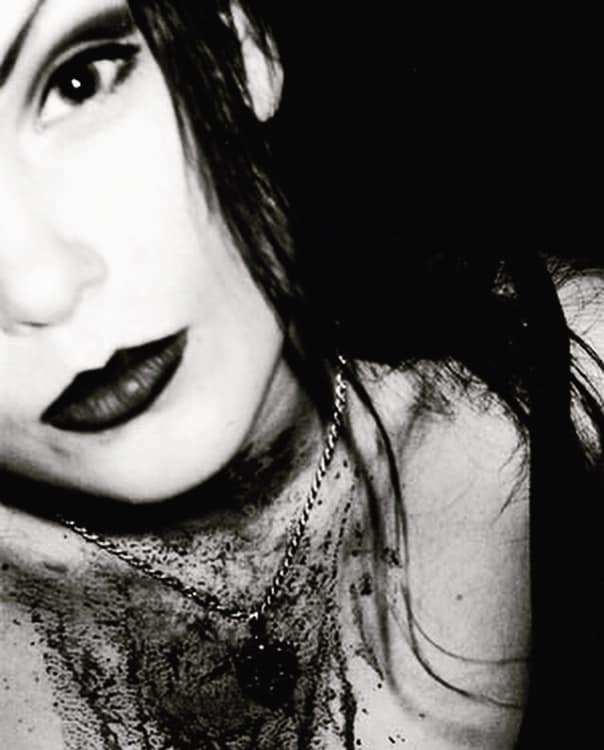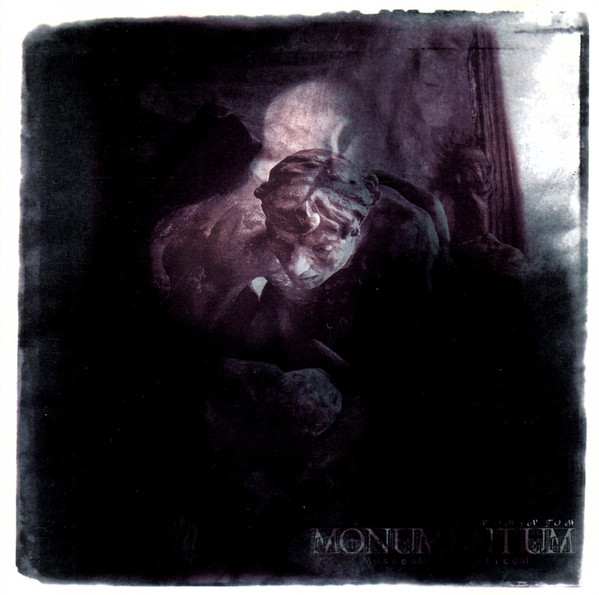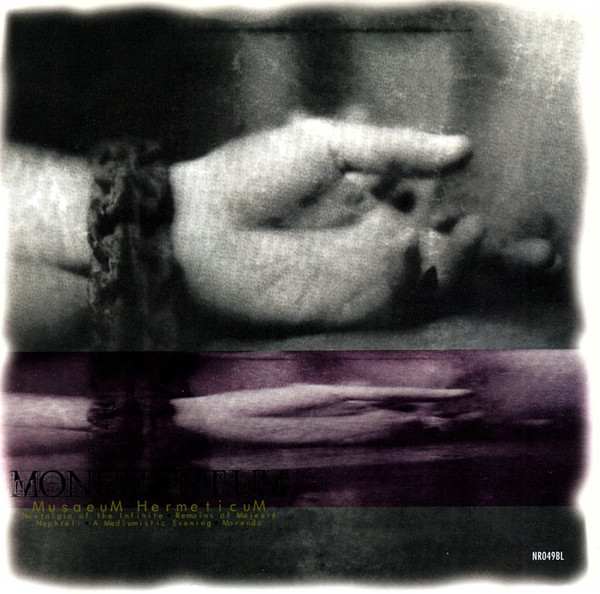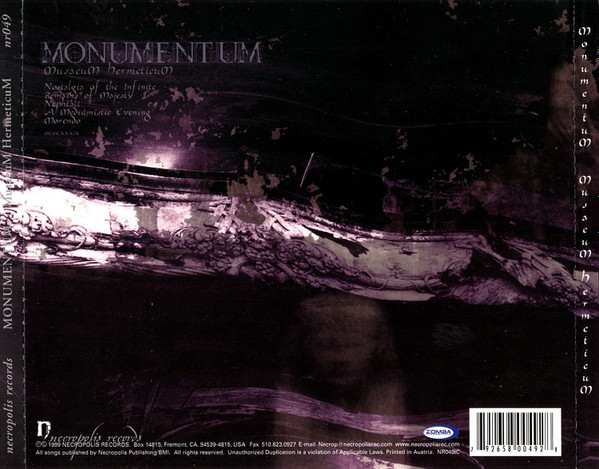Necropolis Records XI
2025-11-20
by Niklas Göransson
Amid retro-thrash and stylistic detours, Triumphator rekindled the black metal spark which once defined Necropolis. Yet as its flames rose again, the empire born of instinct now required choices that cut deeper than devotion.
PAUL TYPHON: WITCHERY opened a lot of people’s eyes to Necropolis; they helped define the label’s identity at a time when I was still trying to figure out our place in the world. I thought, ‘This is the way – let’s keep signing bands driven by grit and determination.’
When SATANIC SLAUGHTER guitarist Patrik Jensen moved to Gothenburg in 1996, he quickly embedded himself in the local scene, co-founding THE HAUNTED with members of the recently disbanded AT THE GATES. A few months later, Jensen and MERCYFUL FATE bassist Sharlee D’Angelo started a new black/thrash project.
Not long after, SATANIC SLAUGHTER founder Ztephan Dark fired the entire line-up. Jensen regrouped with the other departing members – all of whom were his former SEANCE bandmates – and brought D’Angelo into what became WITCHERY.
PAUL: Each member of the band had a strong personality, but recruiting a legend like Sharlee gave them serious credibility. And with THE HAUNTED taking off on the strength of their debut, Jensen was earning a reputation as a brilliant guitarist and songwriter.
In early 1997, the new project recorded a handful of covers and three originals for what became the “Witchburner” mini-CD. Paul was ecstatic with the result, but Jensen preferred to wait until WITCHERY could be introduced with a full album.
WITCHERY reconvened in January 1998 and tracked “Restless & Dead” at Linköping’s Blue Hill Studios. Necropolis then launched an ambitious promotional campaign to give the record maximum impact at its October release.
PAUL: Coming off their debut, WITCHERY had built serious momentum on both sides of the Atlantic. “Restless & Dead” was embraced by US and Canadian fans, partly thanks to our work with college radio. Everything came together for what followed: at last, a Swedish Necropolis act on North American soil.
In June ‘99, three months after Necropolis issued “Witchburner”, WITCHERY embarked on a four-week US tour with EMPEROR and BORKNAGAR. Sharlee D’Angelo was unable to join due to MERCYFUL FATE commitments, so Magnus Olsfelt of THE CROWN filled in on bass.
A later Necropolis press release claimed WITCHERY ‘stole the show’ on multiple nights. Despite being a new band, the members were all seasoned musicians – most had played together for nearly a decade.
PAUL: We knew from the start that people wanted to see WITCHERY live, and the band delivered. The guys were hungry and confident – you could see it burning in their eyes – and everyone had an imposing stage presence. Toxine as frontman, with his King Diamond-inspired look, gave them a killer visual identity.
Was Charmand Grimloch still playing keyboard in EMPEROR?
PAUL: Yes, that tour was the first time we met – he and I got along well and shared a similar outlook on the scene. I really liked his work with TARTAROS and even had to fight off other labels to sign him. But again: if you don’t get out there, tour, and show people what you’re about, it just dies on the vine.
A few years earlier, Paul had acquired Grimloch’s solo project as Necropolis’ foray into the rising strain of symphonic black metal. TARTAROS’ 1997 mini-CD “The Grand Psychotic Castle” stood out in the label’s catalogue for its dramatic, keyboard-driven atmosphere and faintly Gothic flair.
Three months after the WITCHERY tour, in September ‘99, Necropolis issued TARTAROS’ debut album, “The Red Jewel”. Much like the EP, this really isn’t my thing – but the musicianship is undeniable.
PAUL: It fell flat – which was disappointing. Even people who loved symphonic black metal would say, ‘Oh, it sounds like carnival music.’ I’d argue with them, ‘No, you don’t understand what he’s trying to do.’ Defending my artists had always been important to me. But really, why the hell would anyone pick such a stupid album cover?
The EP’s aesthetics aligned reasonably well with the late-1990s symphonic wave – castle ruins, a black metal logo, Interview with the Vampire-styled promo photos – but “The Red Jewel” is outright perplexing. The typeface, colours, and floating ruby make it look more like a bargain-bin fantasy paperback than an album cover.
PAUL: Seriously, Niklas – look at that cover and tell me it isn’t a piece of shit. It’s embarrassing. If you’ve invested so much time and effort into the music, then how about making the presentation decent? Who’s going to stand in Tower Records thinking, ‘Oh, I must buy the CD with a jewel that looks like a five-year-old drew it’?
Good question – but I’m more curious why you didn’t intervene?
PAUL: I’d made a point of not meddling in these things – ‘artistic freedom’ and so forth – to my detriment, because how am I supposed to promote it? Our job was to make these bands appear relevant and cool, which is impossible with such an awful cover. Incredibly frustrating.
“The Red Jewel” was Charmand Grimloch’s last stab at black metal. After the TARTAROS period, he relocated to the United States, where he found far more success composing and producing music for film, television, and commercial genres.
PAUL: He’s a great musician, and I still stand by that signing. Besides the cover on “The Red Jewel”, I’ve got no complaints about working with TARTAROS. But when it comes to his black metal legacy, I suppose people mostly remember him as EMPEROR’s keyboard player.
In 1999, Necropolis announced a new Swedish black metal signing: TRIUMPHATOR. The Linköping-based band formed in ‘95 and released a demo, “The Triumph of Satan”, the following year. When Paul crossed paths with them, founder and bassist Marcus Tena had relocated to Stockholm and opened a storefront for his label, Shadow Records.
PAUL: Like IT, Tena had strong views on who counted as ‘true’. He despised some of my bands – SATANIC SLAUGHTER, for example – constantly railing against them, probably because of personal grievances. I liked his music, so I’m glad that didn’t stop him from signing; it added an interesting dynamic.
By then, Tena had replaced TRIUMPHATOR’s demo line-up with MARDUK drummer Fredrik Andersson and Daniel Rostén of FUNERAL MIST on guitar and vocals. After issuing a seven-inch titled “The Ultimate Sacrifice” in early 1999, the band released “Wings of Antichrist” through Necropolis that October.
PAUL: An incredible album that, in my view, may have been written off by a lot of reviewers because of the MARDUK comparisons – which really annoyed me, considering how heavily I’d invested in TRIUMPHATOR. But at the end of the day, if you’re using the same drummer and the same studio as MARDUK, I can’t exactly feel sorry for you.
TRIUMPHATOR tracked “The Ultimate Sacrifice” with Tore Stjerna at Necromorbus Studio – a black metal-oriented Stockholm operation that had started making a name for itself. When I first heard “Wings of Antichrist”, recorded at Abyss, I was surprised by how much less abrasive it sounded.
PAUL: In my opinion, anyone choosing Abyss in ‘99 knew exactly what they were walking into. That decision fell on Tena, not me – my only responsibility was approving the budget. I never forced anyone to use a particular studio. I agree “Wings of Antichrist” sounded different from the EP, but it still came across as a damn solid record, don’t you think?
Certainly – great material. And once I’d adjusted to the cleaner sound, the production worked really well for an Abyss recording.
PAUL: Releasing a pure black metal album again felt special. I loved everything about TRIUMPHATOR: their music, the layout and photos, that gold-on-black logo. Today, from a business standpoint, I’d probably ask myself, ‘Why sign this? They’ll never tour.’ Not for lack of trying – Tena and I discussed it often.
With no touring activity beyond a show in Belgium, the album promotion relied entirely on contemporary metal media. I remember visiting Shadow Records just after Tena had finished a phone interview with The Grimoire of Exalted Deeds; having never encountered the publication before, he seemed somewhat taken aback by the line of questioning.
PAUL: The Grimoire editor, Bill Zebub, and I were friends – he genuinely liked many of the bands I’d signed. I was one of the few who actually understood his humour; most people didn’t get why Bill carried on in this super-provocative fashion. Now that you mention it, I do remember Tena being furious, but you’ll have to refresh my memory.
I don’t think he minded the insults aimed at him – not even being called ‘the Dom DeLuise of black metal’ – but after the interview, Bill Zebub made a few unfortunate remarks about the model on the back cover, who happened to be Tena’s girlfriend.
If memory serves, before eventually cooling down, Tena was going to take Paul up on an offer to fly him over for retaliation.
PAUL: Yeah, true. Even Bill knew full well that if someone wanted to beat him up, it might not have been entirely undeserved, given his antics. But it would’ve been entertaining; imagine Tena flying over and putting Bill Zebub in the hospital – maybe he’d have shut up for a week or so <laughs>.
Not long after, Tena found himself occupied with more pressing matters; following a police raid on Shadow Records, he was taken into custody and eventually handed a prison sentence.
PAUL: Honestly, Tena was one of the few musicians you wouldn’t want to meet in a dark alley. A real black metal guy – not one of the top-hatted posers and bums cluttering the scene. He embodied what the genre had lost: that raw, fearless energy. Hang on, wasn’t there some tragedy involving the girl on the cover?
Yes – Melissa Nordell. She was murdered a few years later.
PAUL: I remember Tena telling me she’d been found at the bottom of a river, wrapped in barbed wire – absolutely horrific. It’s strange how these stories keep ending up connected to records like this. With Necropolis, you could release anything, and there was always some dark shadow looming over it.
Also in ‘99, Necropolis released a CD edition of MONUMENTUM’s “Musaeum Hermeticum” – a decade-old demo recording.
PAUL: Again – fucking demos, right? These releases were never going to sell fifteen or twenty thousand copies, not even ten; the audience just wasn’t big enough. It was more about the cult aspect, putting out something genuinely significant.
This tape does indeed hold considerable historical value. In the early ‘90s, MAYHEM guitarist Euronymous had begun looking beyond Norway for bands aligned with the ethos of his label, Deathlike Silence Productions. He’d developed a friendship with MONUMENTUM’s sole remaining member, Roberto Mammarella, who also ran Obscure Plasma and the Thanatography fanzine.
A big admirer of “Musaeum Hermeticum” – and despite the band having been inactive for years, without a single new song written – Euronymous offered MONUMENTUM a record deal.
PAUL: They never made it onto “Nordic Metal…”, but this could very well have happened. Back in ‘93, Euronymous and I discussed two different concepts for the compilation: the ‘Black Circle’ theme I ultimately settled on, and an alternate approach featuring Deathlike Silence bands like SIGH and MONUMENTUM.
Lacking the means to fund a studio visit, Euronymous proposed an unusual arrangement: Obscure Plasma would release MAYHEM’s “Live in Leipzig” – captured on cassette in November 1990 – on LP and then use the proceeds to record MONUMENTUM’s “In Absentia Christi”.
In August 1993, Roberto travelled to Oslo to deliver MAYHEM’s copies in person; instead, he found Euronymous on the front pages of national newspapers announcing his murder. Nevertheless, “Live in Leipzig” went on to become the genre’s most influential live album – due in no small part to “Musaeum Hermeticum”.
PAUL: By ‘99, we’d really broadened our scope, and Necropolis had started losing its identity. So, releasing this MONUMENTUM artefact reminded me what the label was supposed to stand for, the vision Shiva and I outlined at the beginning: a focused dedication to Satanic metal, without straying from it.
Created through a painstaking, solitary process, “In Absentia Christi” finally surfaced on Misanthropy Records in 1995. Musically far removed from black metal – an experimental fusion of doom and darkwave steeped in spiritual ambience – the album nonetheless drew reverence within the scene. As a long-delayed work once intertwined with the Deathlike Silence mythos, it attained an almost canonical status.
Around the same time as the “Musaeum Hermeticum” reissue, Necropolis signed Finnish death-rockers BABYLON WHORES – a band comparable to MONUMENTUM in the sense that they felt black metal-adjacent despite playing something entirely different.
PAUL: They’d already shared stages with MAYHEM, BARATHRUM, and similar bands; everyone who met BABYLON WHORES spoke highly of them. Especially the frontman, Ike Vil, had this otherworldly aura. Well-read, steeped in grimoires and Satanic philosophy – he lived and breathed it.
Didn’t they also have that giant of a man from ARKTAU EOS?
PAUL: Yeah, Antti Litmanen. He and I used to talk on the phone, same with Ike. I liked the other members too, but Antti and Ike were the real driving forces. Those two had a lot of respect for black metal; when we signed them, they asked for ARCKANUM and DAWN merch. I loved that – Necropolis bands wearing each other’s shirts.
log in to keep reading
The second half of this article is reserved for subscribers of the Bardo Methodology online archive. To keep reading, sign up or log in below.

